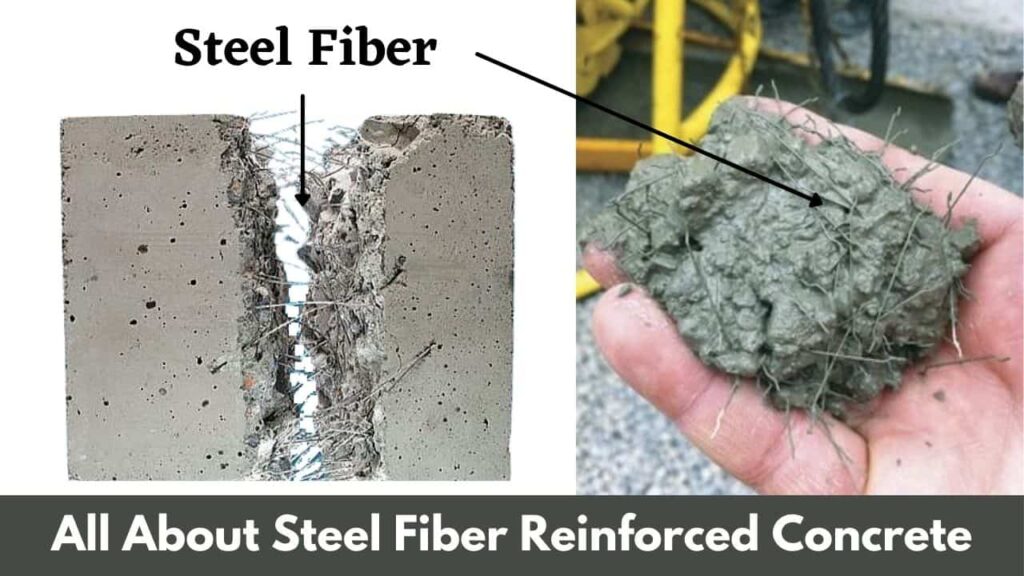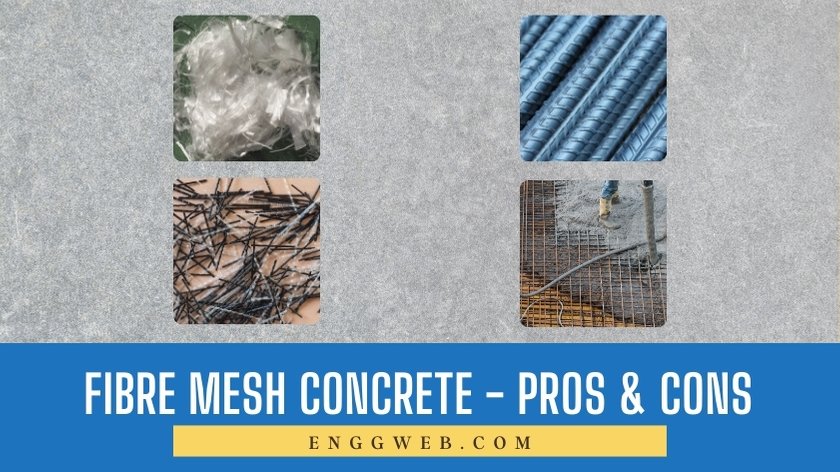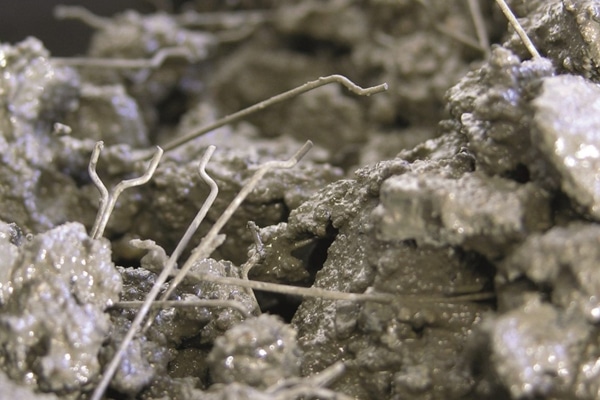Steel fiber reinforced concrete (SFRC) is an innovative building material that enhances the strength, durability, and crack resistance of concrete. SFRC is used in a wide range of applications, including industrial floors, bridge decks, and precast concrete products. However, SFRC also has its drawbacks, such as high material costs and challenges in mixing and placing. In this article, we will explore the advantages and disadvantages of steel fiber-reinforced concrete.
Advantages of Steel Fiber Reinforced Concrete
Steel fiber reinforced concrete has several advantages over traditional concrete, including:
- Increased strength and durability
- Enhanced crack resistance
- Reduced shrinkage and creep
- Improved impact resistance
- Higher toughness and ductility
Applications of Steel Fiber Reinforced Concrete
SFRC is used in a wide range of applications, including:
- Industrial floors
- Bridge decks
- Precast concrete products
- Tunnels and underground structures
- Pavements and overlays

Disadvantages of Steel Fiber Reinforced Concrete
Despite its advantages, SFRC also has several disadvantages, including:
- High material costs
- Challenges in mixing and placing
- Difficulty in achieving consistent results
- Limited availability of materials in some regions
- Higher susceptibility to corrosion
Examples of Steel Fiber Reinforced Concrete Applications
Steel fiber reinforced concrete is used in many applications, some examples include:
- The Alamillo Bridge in Seville, Spain, features a unique cable-stayed design and utilizes SFRC in its construction.
- Industrial floors in factories and warehouses require high durability and impact resistance.
- Tunnel linings, benefit from SFRC’s ability to resist cracking and deformation under stress.

Future Developments in Steel Fiber Reinforced Concrete
The use of SFRC is expected to continue to grow in the future, driven by the need for stronger and more durable building materials. Advancements in materials science and manufacturing technology may also lead to new types of SFRC with even greater strength and durability.
Conclusion
In conclusion, steel fiber reinforced concrete is an innovative building material that offers several advantages over traditional concrete, including increased strength, durability, and crack resistance. SFRC is used in a wide range of applications, from industrial floors to bridge decks. However, SFRC also has its drawbacks, such as high material costs and challenges in mixing and placing. Despite these challenges, SFRC is expected to continue to grow in popularity as the need for stronger and more durable building materials increases.

Overall, steel fiber-reinforced concrete is a promising material that offers significant advantages in many construction applications. However, it is important to carefully consider the specific needs of each project and weigh the advantages and disadvantages of SFRC before making a decision.